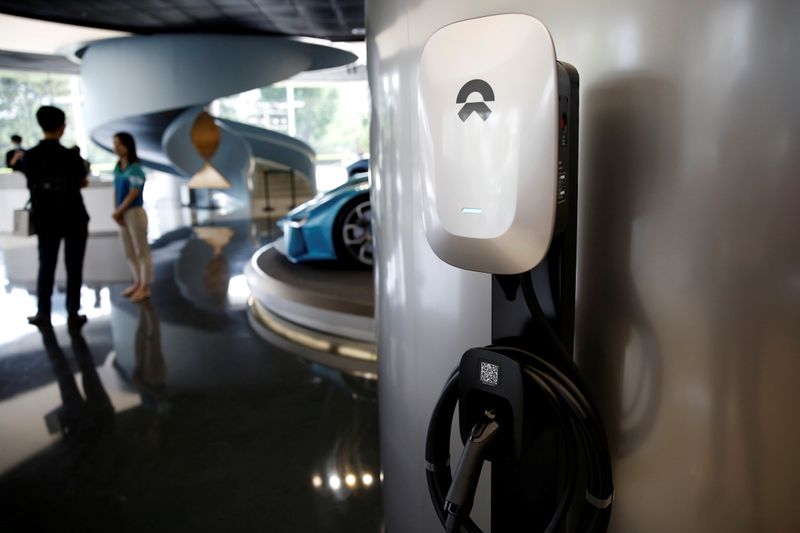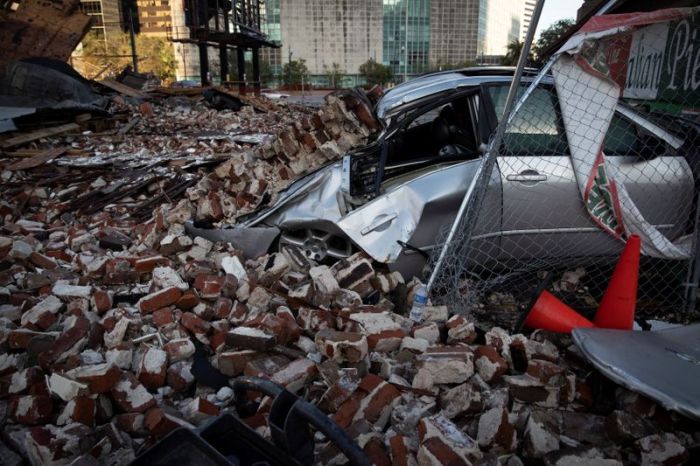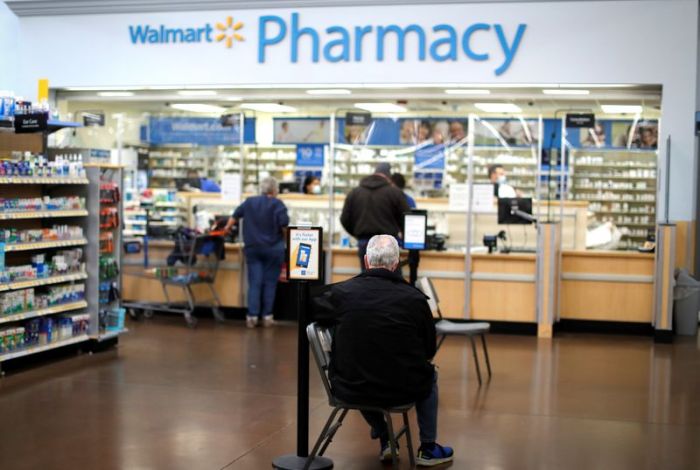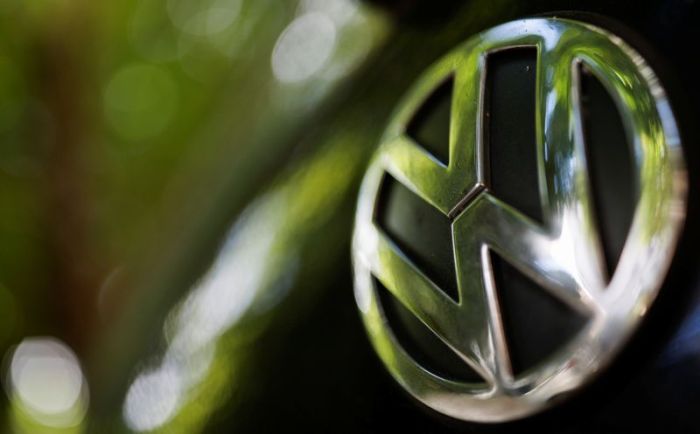BEIJING (Reuters) – Chinese electric vehicle (EV) maker Nio Inc on Wednesday cut its delivery forecast for the third quarter this year due to uncertain and volatile semiconductor supplies.
Nio cut its delivery forecast for the third quarter to around 22,500 to 23,500 vehicles from a previous 23,000-25,000 vehicles. It delivered 5,880 electric sports-utility vehicles last month, up 48% from a year earlier.
Li Auto Inc, which sells extended-range electric vehicles, said it sold 9,433 vehicles last month, up 248% from a year earlier. It targets 10,000 units monthly sales in September.
Xpeng Inc sold 7,214 cars in August, up 172% year-on-year. Its chief executive He Xiaopeng said it expects monthly deliveries to reach 15,000 units in the final quarter this year.
A prolonged global chip shortage has caught major automakers including Ford Motor, Honda Motor, General Motors and Volkswagen off guard, forcing many to idle or curtail production.
The shortage was unlikely to resolve soon as the pandemic rages on in many parts of the world, China’s top auto industry body said last month.
U.S. listed shares of Nio were down 4.3% at $37.63 in premarket trading, while Xpeng fell more than 2%.
Li Auto, Nio and Xpeng are three leading Chinese EV startups that compete with U.S. electric car maker Tesla Inc and local companies including Geely and Great Wall Motor.
Separately, Tesla had sold 32,968 China-made vehicles in July, including 24,347 for export, according to data from the China Passenger Car Association last month.
However, local sales of China-made Tesla vehicles had plunged 69% month-over-month to 8,621 cars in July. The company makes electric Model 3 sedans and Model Y sport-utility vehicles in a Shanghai plant.
China sales, which account for nearly a third of its total sales, is closely watched as a sign of the automaker’s health in its second biggest market, where it has invested heavily.
(Reporting by Yilei Sun and Brenda Goh in Beijing and Akanksha Rana in Bengaluru; Editing by Louise Heavens and Arun Koyyur)
























